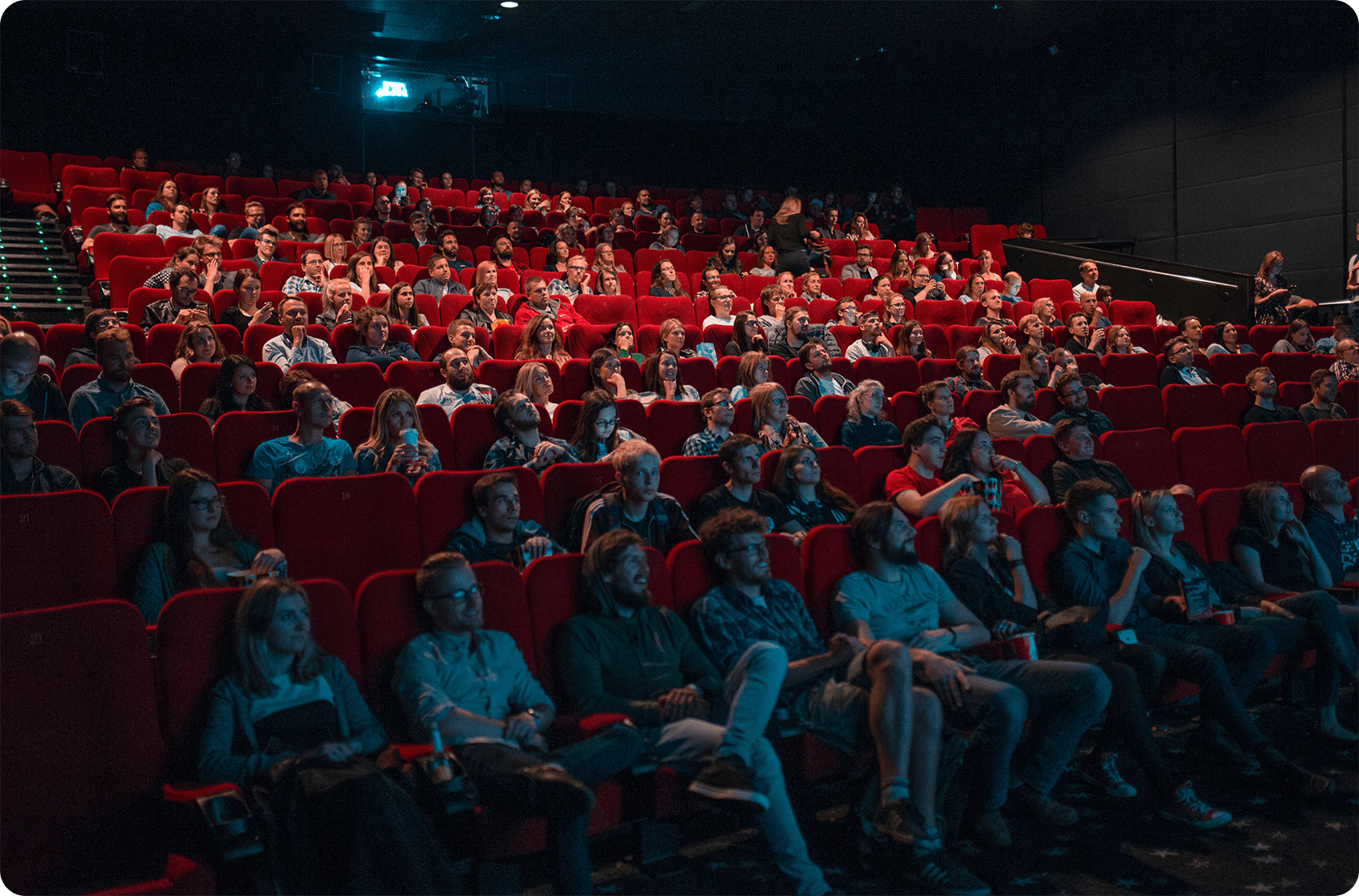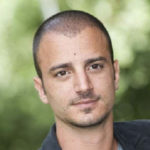The book leads the reader to reflect on themselves, providing comprehensive solutions to the most common problems.
It does so by using one of the most powerful therapeutic tools, namely, cinema.
For the first time, correlations between films and quantum physics are analyzed, and how they both support each other. Starting from this broader perspective, the reader embarks on their personal journey through the 5 areas of existence:a
Forgiveness, love, and trust;
a
The body, matter, and its needs;
a
The mind and the need to always feel stimulated;
a
Relationships;
a
The meaning of existence and the contribution we make to the world.
Forty-two scenes from movies help and enhance the understanding of the message, which gradually becomes more intense and profound: most of our sufferings arise from the false awareness of feeling "separate".
We do this even when we work towards our goals, separating our health, personal life, and professional life. When we stop acting as if we were compartmentalized and begin to consider ourselves as a whole with our surroundings, our results inevitably improve.

How can we do this? The principle of non-locality in quantum physics has given rise to a series of experiments.
Among these, studies on collective consciousness (The Global Consciousness Project) are demonstrating how people's emotions can be measured by electronic devices, interfering with reality even when thousands of kilometers apart.
These devices have recorded significant fluctuations both before and after significant events, such as the death of Pope John Paul II or the events of September 11th. This means that humans have both the ability to be influenced and the ability to influence.
What happens when a movie is watched by millions of individuals who experience similar emotions in a very short period of time? From Nanni Moretti's "We have a Pope" to Almodovar's "Wild Tales," there are hundreds of cases where cinema has been a precursor to what would happen in reality.
The book cites numerous examples in support of what quantum physics has been trying to demonstrate for some time, namely, that we can actively participate in creating our reality.
Neuroscience has shown that human behavior, and therefore their results, change by altering the images and emotions associated in their brain. If this is true, then cinema has the same power. But the times when movies have been precursors, we have called them coincidences.

What if they were not coincidences, but the intense combination of triggering causes? Thanks to the exercises proposed in the book, the reader can experience the cathartic power of cinema on themselves, applying the "law of attention," a practical compendium of quantum theories, restoring balance in the 5 areas of their existence.

Winner of the Italian Movie Award
Cinematography Award & International Film Festival
9th Edition – September 10th-17th, 2017

 Filmatrix is a brilliant book. The way films have been used to enlighten readers is truly unique.. - Joe Vitale - Bestseller author
Filmatrix is a brilliant book. The way films have been used to enlighten readers is truly unique.. - Joe Vitale - Bestseller author
 Filmatrix is an illuminating book and everybody should read it. - Nicolas Vaporidis - Actor and cinema producer
Filmatrix is an illuminating book and everybody should read it. - Nicolas Vaporidis - Actor and cinema producer
 You cannot miss this book if you want to explore your creative power in everyday life in an innovative way, experimenting Virginio's techniques in your reality. Results may surprise you. - Italo Pentimalli – Researcher and author of the best-seller book "The power of the quantum brain"
You cannot miss this book if you want to explore your creative power in everyday life in an innovative way, experimenting Virginio's techniques in your reality. Results may surprise you. - Italo Pentimalli – Researcher and author of the best-seller book "The power of the quantum brain"
